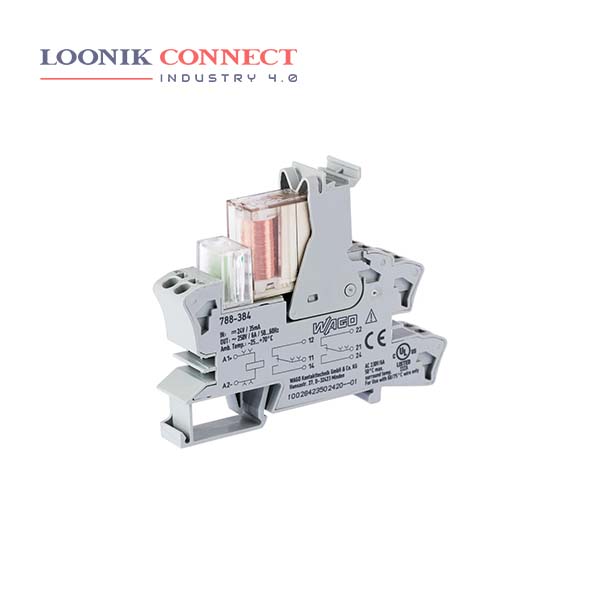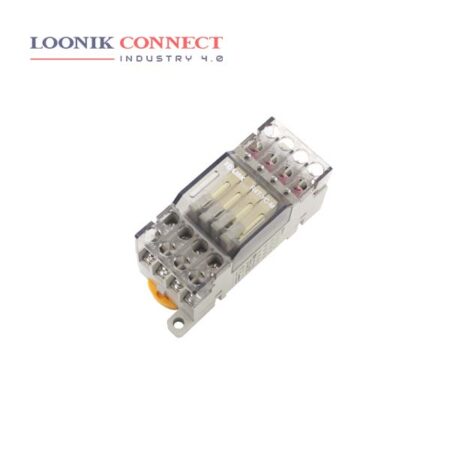A power relay module is an electrical switch that is operated by an electromagnet. The electromagnet is activated by a separate low-power signal from a micro controller. When activated, the electromagnet pulls to either open or close an electrical circuit. The relay module function is mainly to switch electrical devices and systems on or off. It also serves to isolate the control circuit from the device or system being controlled.
It consists of two parts: the relay itself and the control module. The relay contains the coil that creates the magnetic field, the armature that move to complete or disconnect a circuit, and contacts that open and close to operate the load switch. Relay modules are typically on off devices while control modules are typically variable output. Relay modules can be control modules if a switching control scheme.
The relay permits a small amount of electrical current to control high current loads. When voltage is supplied to the coil, small current passes through the coil, resulting in a larger amount of current passing through the contacts to control the electrical load. Output Relay Modules are used to interface computer logic levels to other voltage levels. They provide output from logic level control systems to external loads such as motors, valves, and solenoids. Solid-state modules deliver electrically clean, photo-isolated, noise-free interfaces.










